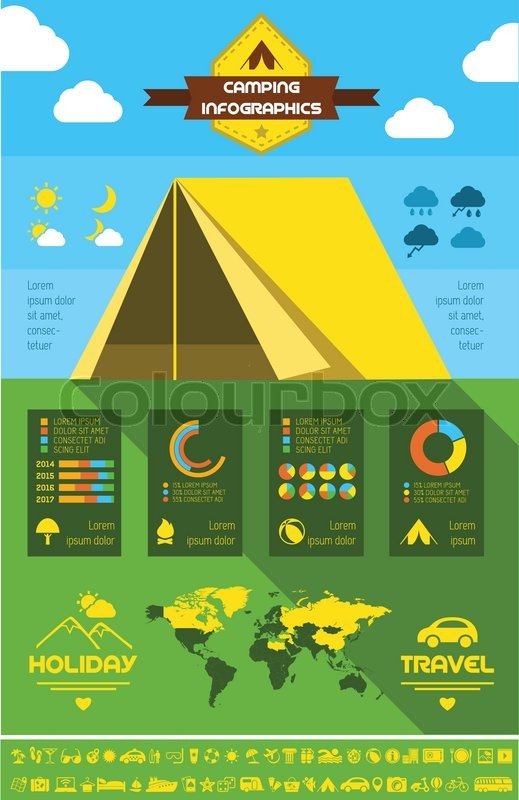As lasting style ends up being progressively prominent, natural building products are regaining prestige. All-natural insulation choices like down, cork and Havelock wool offer a wide array of advantages, consisting of exceptional warmth-to-weight ratios, water resistance and compressibility.
Nevertheless, their sustainability relies on the source of resources and how they are refined. Some synthetic elements shed microplastics throughout construction and are tough to reuse, contributing to land fill waste and contamination.
Price
When it concerns insulating apparel and sleeping bags, rate is frequently a leading consideration. While natural products promise reduced exhausts and biodegradability, synthetic insulation uses unrivaled longevity and efficiency for less.
Designed to resemble the protecting homes of down, artificial insulation is comprised of high-loft collections of polyester. Usual brands consist of Thinsulate, PrimaLoft and Climashield. These are additionally breathable and can be compressed down to dimension for smaller sized packs. Nonetheless, they don't do also in wet conditions.
A family member novice to the eco-insulation market, Icynene spray foam is a powerful air sealant that increases 100x its original quantity in wall and roofing dental caries. It can be splashed on wall surfaces, floorings and attic rooms and is perfect for retrofits. It's made mostly from recycled paper items and treated with fire resistants.
Resilience
The sturdiness of insulation products can have a large impact on the overall sustainability of a structure. It can influence life process discharges, power intake and upkeep requirements. Natural materials can withstand weather condition wear and ecological stress and often require fewer maintenance than synthetic choices.
For example, ThermaCork expanded cork and Havelock wool are durable, renewable insulation services that use a wide range of benefits. They additionally provide a more sustainable building alternative to standard fiberglass and foam insulation. They can provide premium fire resistance, acoustic efficiency and contribute to better interior air top quality.
Synthetic insulation is commonly made of polyester, which can be either raw or recycled. It's crafted to mimic down's lofty tendril structure, capturing cozy air for insulation. Nevertheless, it does not press in addition to down and can lose its shielding power when damp. Recently, though, researchers canvas laptop bag have been able to develop synthetic insulation that more closely matches the warmth-to-weight proportion of down while keeping its shielding homes in wet conditions.
Recyclability
The insulating products utilized in building construction have considerable effect on the atmosphere. This is because of both their manufacturing stage (utilizing non-renewable raw materials and fossil energy consumption) and their disposal stage. They also add to environment adjustment and create wellness concerns in individuals who are exposed to them.
All-natural insulation options like ThermaCork expanded cork and Havelock wool can be recycled, in addition to sourced locally to reduce transportation-related carbon emissions. They additionally have reduced symbolized carbon and some are even carbon-negative. In addition, they may be licensed by Cradle to Cradle or GREENGUARD for lasting practices and reduced degrees of discharged toxic substances.
Another environment-friendly choice is wood fiber insulation. This cellulose insulation is made from recycled paper, cardboard, and other waste materials. It can be treated with borate to maintain fire resistance and waterproof paraffin wax to stop wetness seepage. It has an R-value of 3.6 to 4.2 per inch and does similarly to artificial foam boards.
Sustainability
As more home builders are searching for environmentally friendly insulation options, it's important to understand real environmental influence of these materials. This includes their personified carbon, toxicity and breathability, along with exactly how they carry out in various climates.
All-natural insulation like cork, hemp and wool supply a variety of benefits from sustainable sources. They likewise decompose normally at the end of their life, which reduces garbage dump waste and pollution. They commonly also have reduced embodied carbon than artificial alternatives and discharge less unstable natural compounds throughout use, which enhances interior air quality.
To locate an eco-friendly insulation, try to find third-party qualifications such as Cradle to Cradle or GREENGUARD Gold. These indicate that the insulation has actually been tested according to extensive ecological and health requirements. Additionally, search for items that are made from recycled or upcycled materials to minimize personified energy. This can help reduce the ecological impact of your project by supporting neighborhood economies and decreasing transportation-related discharges.
